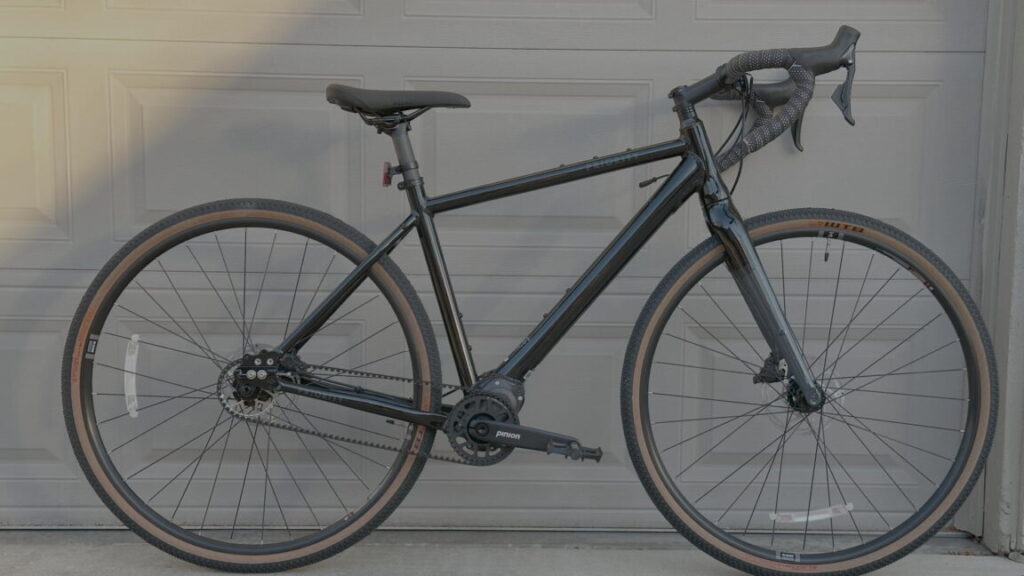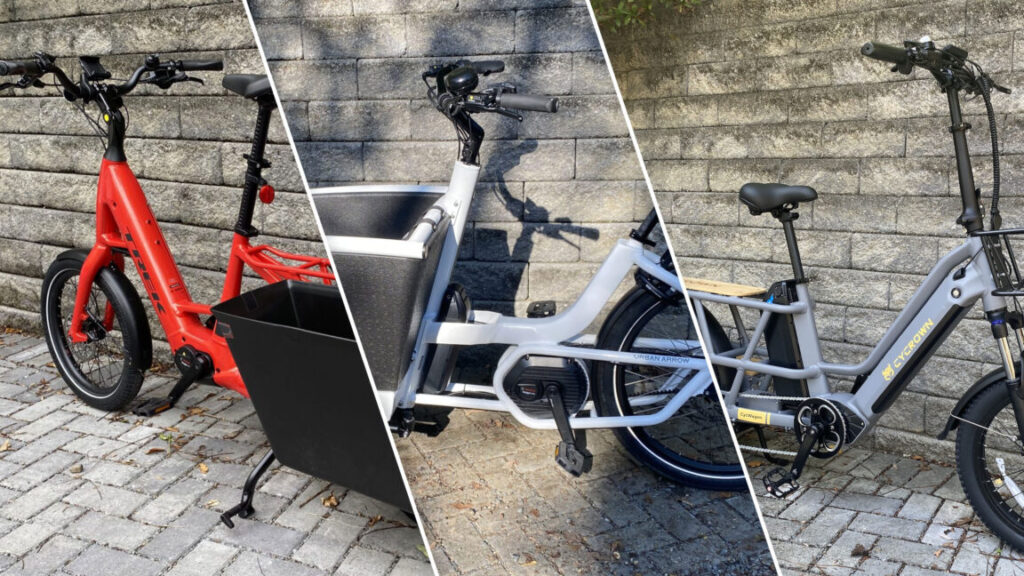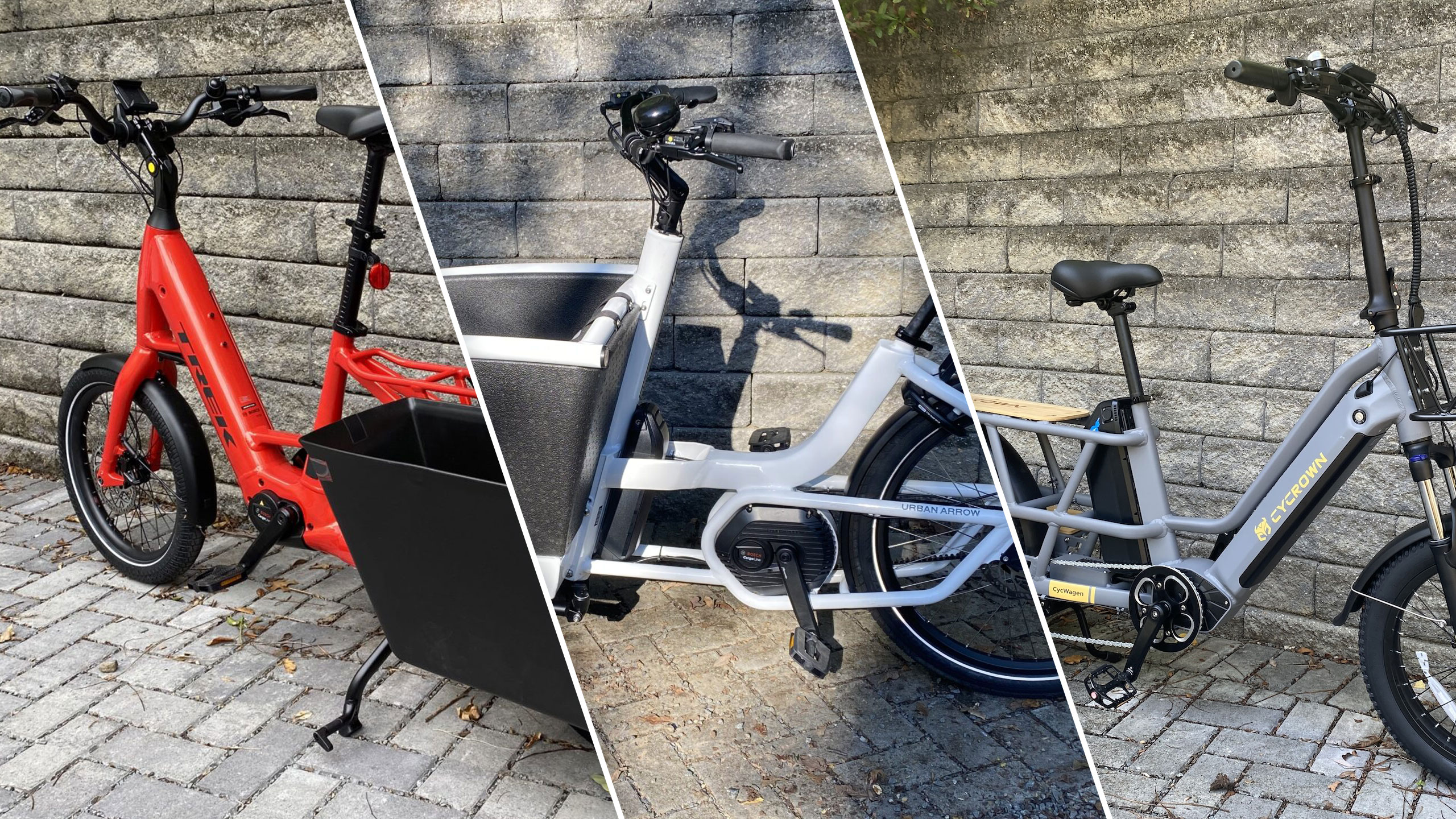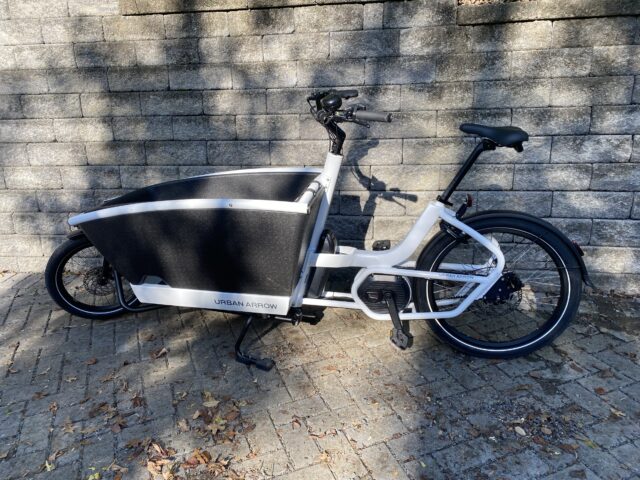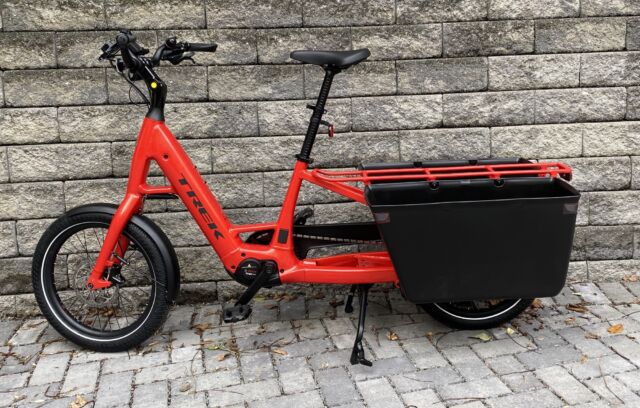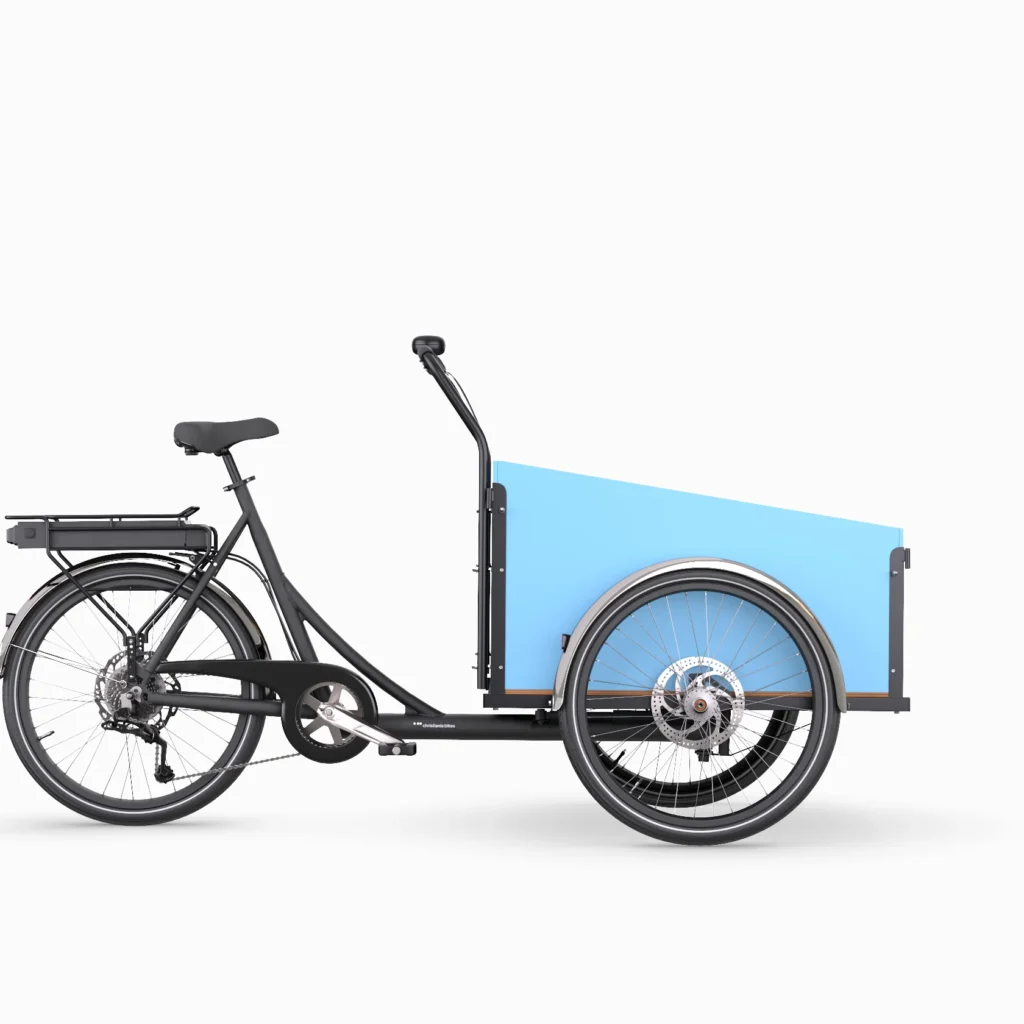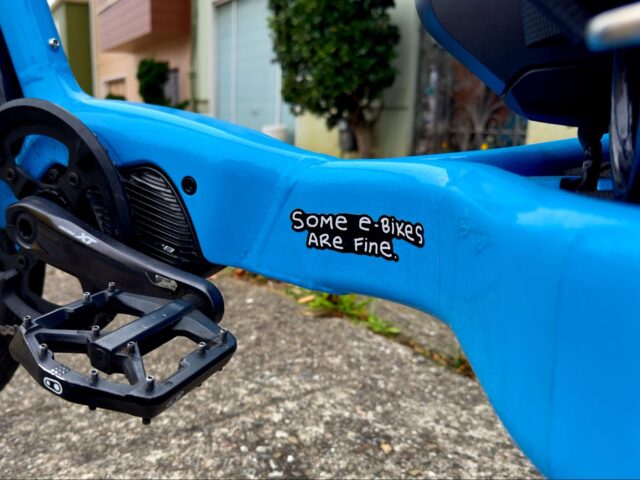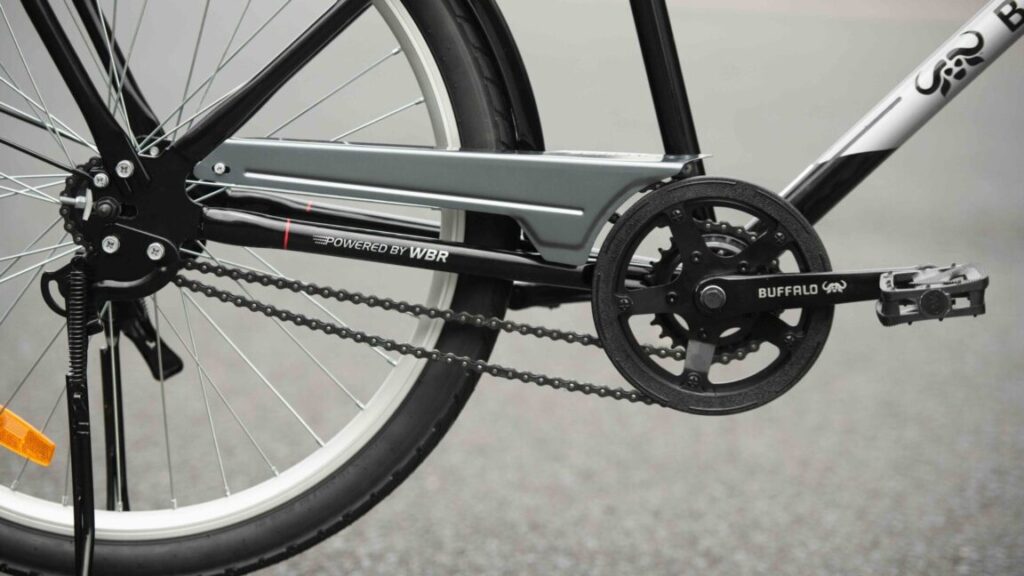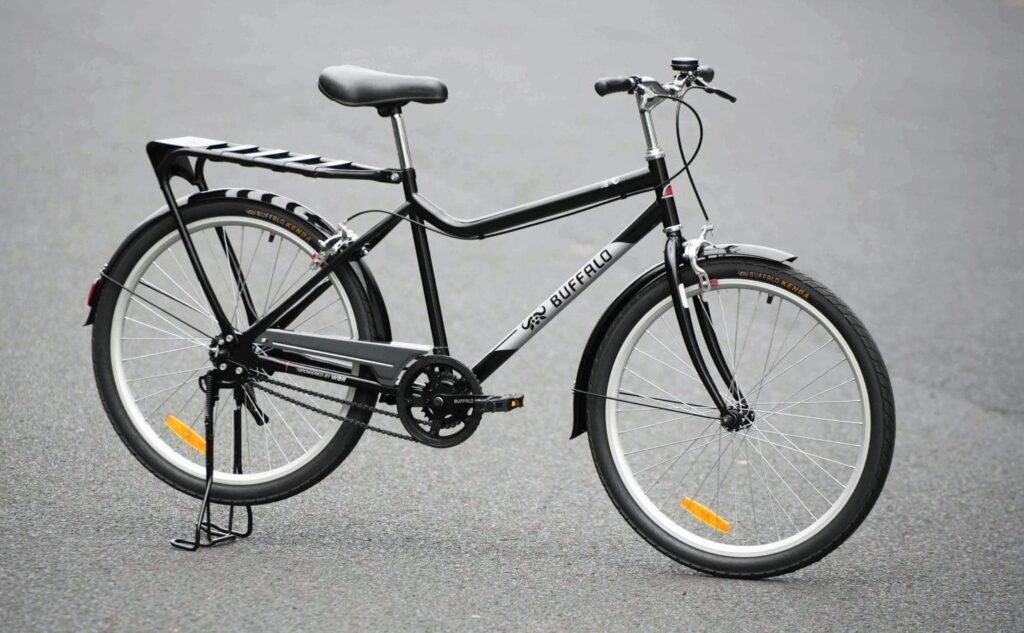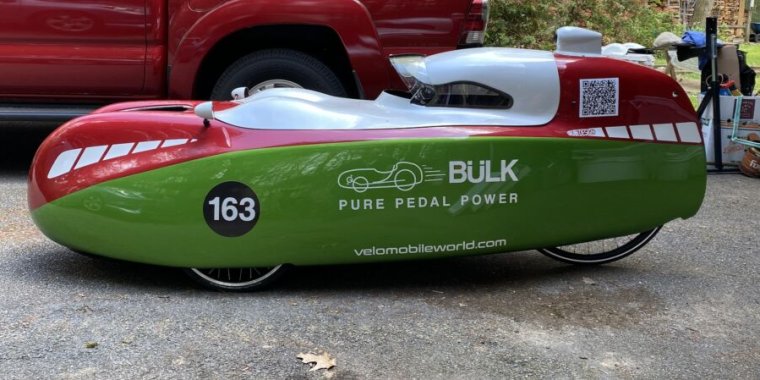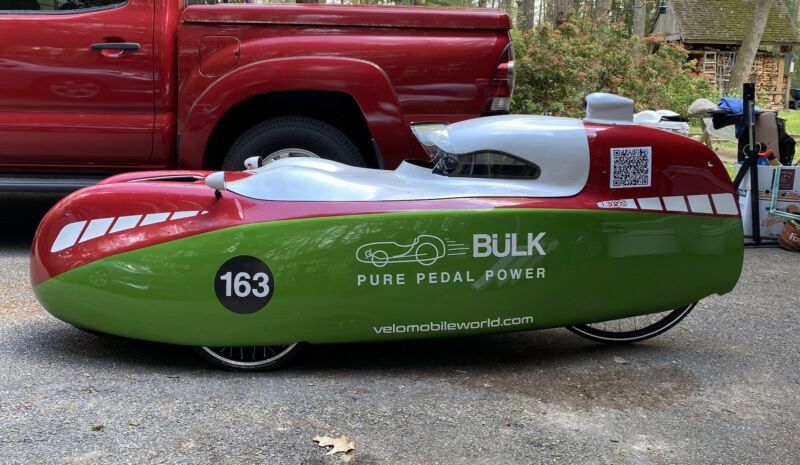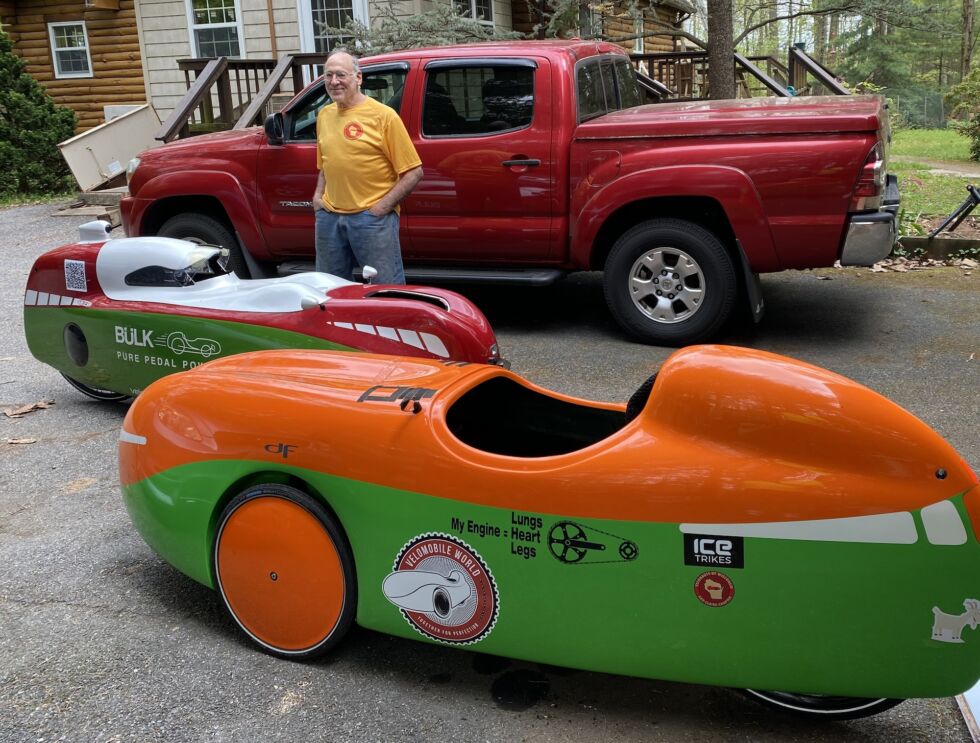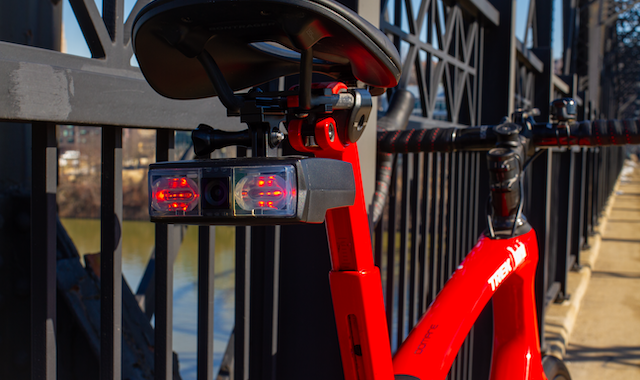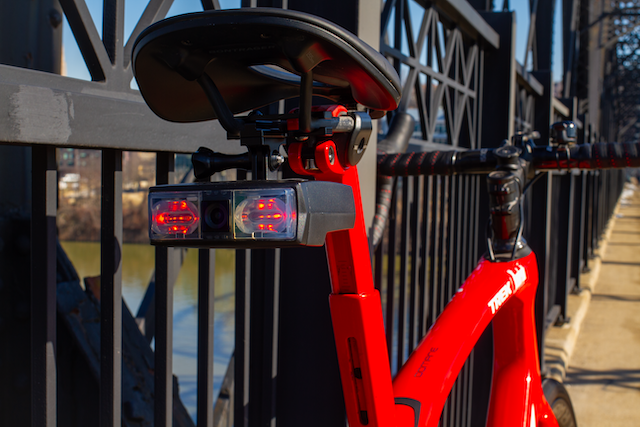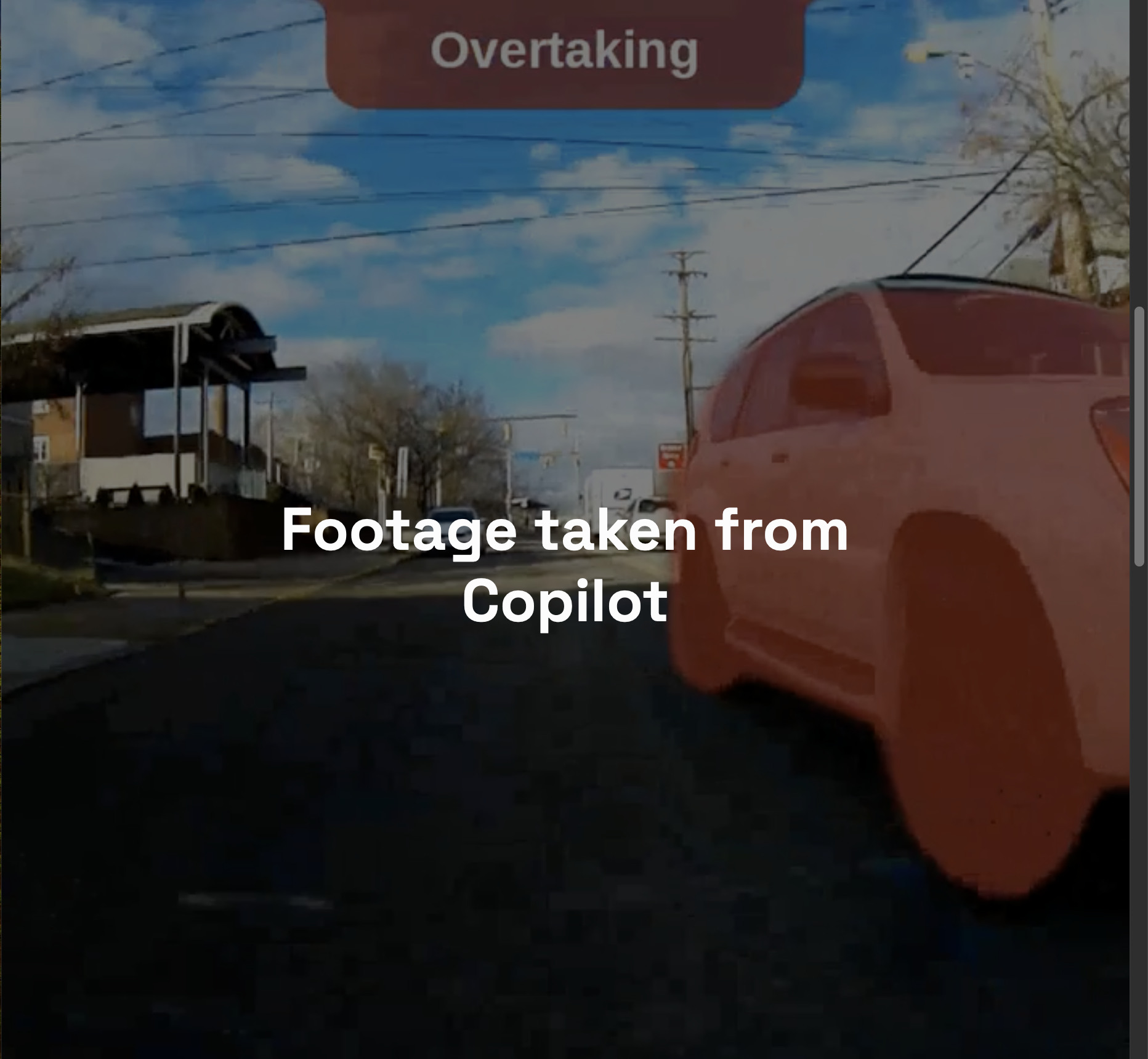Going chain-free with the Priority Gemini gravel bike
It’s no speed demon—if you’re looking for something to race, this isn’t it, as the Gemini is designed more for long, leisurely gravel rides. It was fantastic on a 68-mile jaunt down the Kal-Haven Trail with Space Editor Eric Berger, but it’s not the bike for exploring those single-track paths leading off the main trail.
It’s almost the perfect commuter bike. The slightly flared (6-degree) drop bars help the rider settle into a comfortable riding position, and the belt drive is nearly silent. Best of all, we were able to hose the bike off after a wet or muddy ride without having to dry off and lubricate a chain. That’s a big win for winter and springtime commuting. The Gemini also has rack mounts (in addition to two water bottle cage mounts and mounts for a top tube bag) for bikepacking or commuting.
We noticed a couple of irritants with the Gemini. First, there’s no way to tell which gear you’re in. Well, that’s not entirely true—if you have your phone in a mount with the Pinion app running, you can see your gearing. Unfortunately, the Pinion gearbox won’t pair with a cycling computer, so there’s no way to check your gearing as is possible with electronic groupsets from SRAM and Shimano.
Shifting could be touchy at times. The belt drive is sensitive to excessive torque, so we found that shifts sometimes did not register when pedaling too hard. During our testing, we learned to ease up when shifting, but we found this mildly annoying at times. Lastly, the charge port for the gearbox is on the end of a wire that just flops around in an annoying and unsightly fashion.
Annoyances to be sure, but these are far from deal-breakers for this bicycle. Being able to tweak the shifting and make minor adjustments via an app are useful features to have, and the belt drive makes cleanup after dirty rides a breeze. The 600 percent gear ratio will no doubt help on big climbs (not that we have many of those in Chicagoland). At $3,499, you’ll be paying more for this than the lower-end gravel offerings from the likes of Trek and Specialized. But if you’re looking for a low-maintenance daily driver, the Gemini Gravel fits the bill.
Going chain-free with the Priority Gemini gravel bike Read More »
